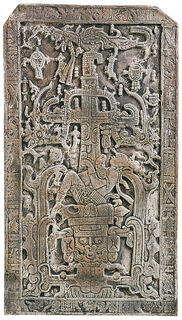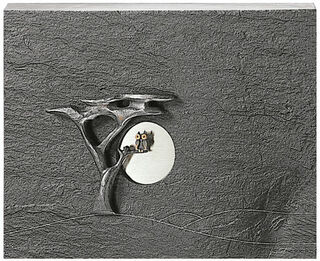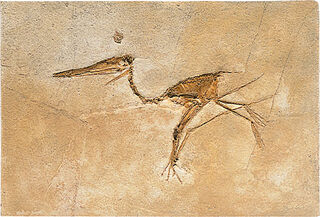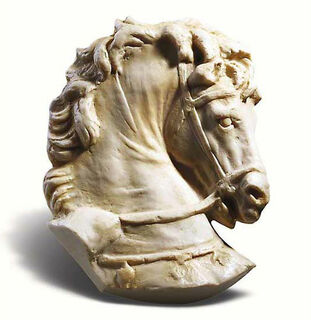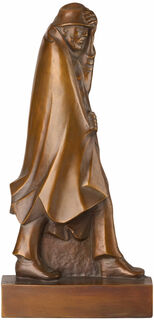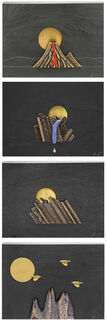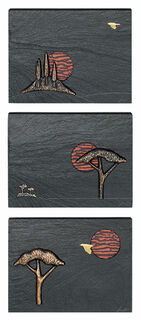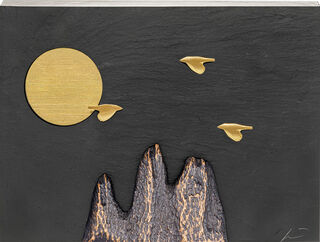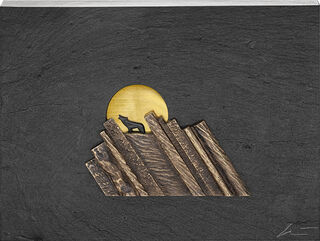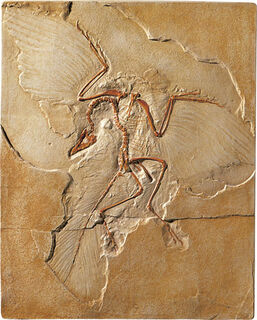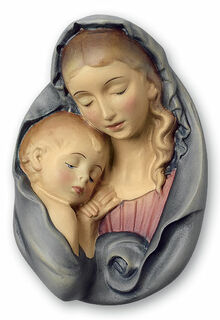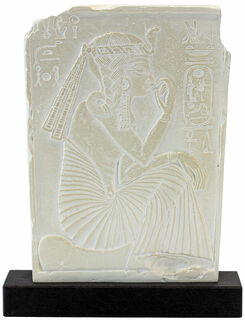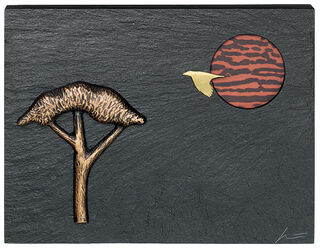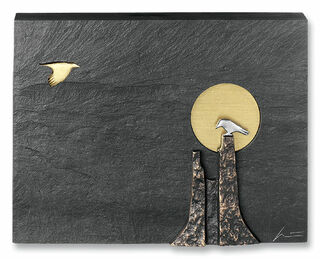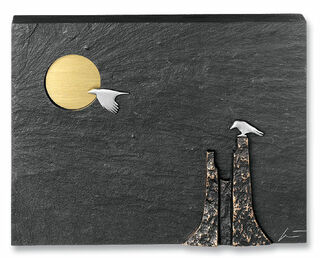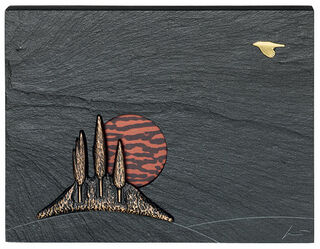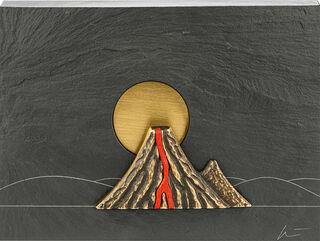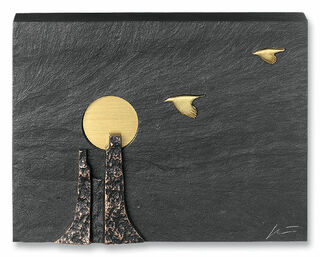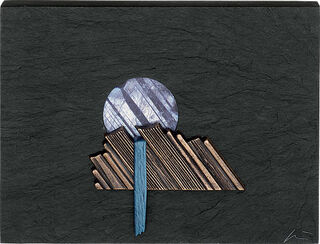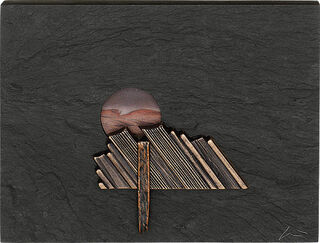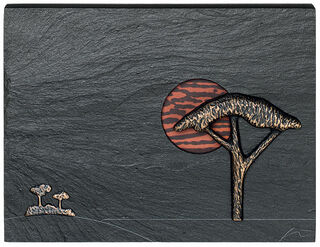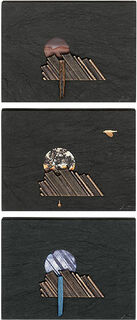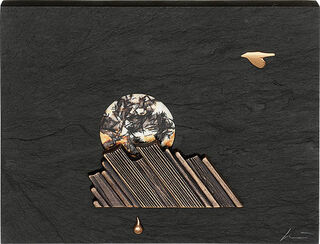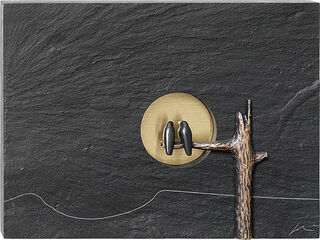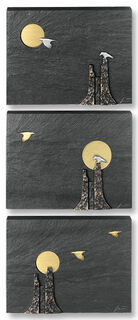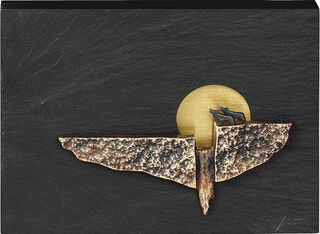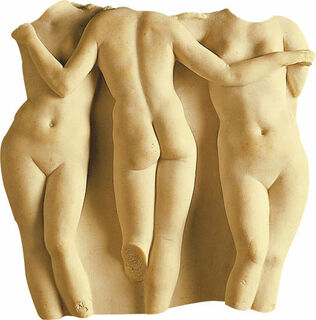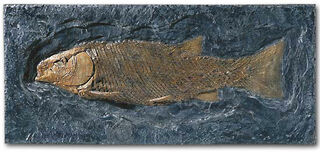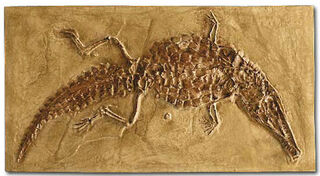Relief
Mural Reliefs – Art Objects Between Painting and Sculpture
The term "relief" in art to a sculptural representation which, unlike a sculpture, does not stand freely but is firmly attached to a background. Thus, mural reliefs serve as a connection between two-dimensional painting and three-dimensional sculpture. The oldest known reliefs in human history are over 30,000 years old. In ancient times, the Greeks and Romans decorated their temples, columns, tombs, and sarcophagi with those three-dimensional images. In the Gothic and Renaissance epochs, reliefs developed into important design elements of larger structures such as churches or other representative buildings. The pictorial themes varied depending on the function of the building, ranging from religious to secular. After their prevalence in sacred art and art on buildings, mural reliefs have evolved into an independent genre in the visual arts to this day.
The Relief in Art: Variants and Materials
Depending on the degree of the sublimity of the motif, a distinction is usually made between bas relief, half relief, high relief, and sunk relief. In the case of bas relief, the motifs only slightly protrude from the background. Half relief displays slightly more pronounced forms. But those still don't reach proportional sizes. This is achieved in high relief, which depicts the real object true-to-scale is able to achieve this. Another variant besides bas relief, half relief, and high relief is the sunk relief. In this technique, the motif appears through working depressions into the background material. Another special design technique for mural reliefs is the so-called undercut. This technique creates a small cavity between the object and the back wall of the artwork is created. As a result, the picture object appears detached from the wall.
Reliefs can be made from a wide variety of materials. Often, mural reliefs are made of stone, especially when attached to buildings. The figures are carved out of the material as in a sculpture. A similar procedure is used for mural reliefs made of wood, where the motif is carved out. Metal reliefs can be embossed, forged, or cast. A wide variety of metals are used, such as bronze, copper, silver, gold, cast iron or steel.
Buy Mural Reliefs at ars mundi
Due to their special shape, reliefs are extraordinary wall objects. You can find a large selection of relief art here at ars mundi. Among the particularly interesting and popular mural reliefs are reproductions of artefacts from Greek and Roman antiquity, for example, the "Horus Falcon", "Orpheus - Eurydice - Hermes", or the "Phaistos Disc". Many of these millennia-old works of art can be found in renowned museums such as the Metropolitan Museum of Art, New York, the Musée du Louvre, Paris, the Staatliche Museen zu Berlin / Preußischer Kulturbesitz or the British Museum, London. In addition to the reproductions of museum art pieces, here at ars mundi, you can buy numerous other mural reliefs, for example, the famous "Schema delle Proporzioni" by Leonardo da Vinci, as well as true to the original reproductions of fossils or contemporary wall objects.


